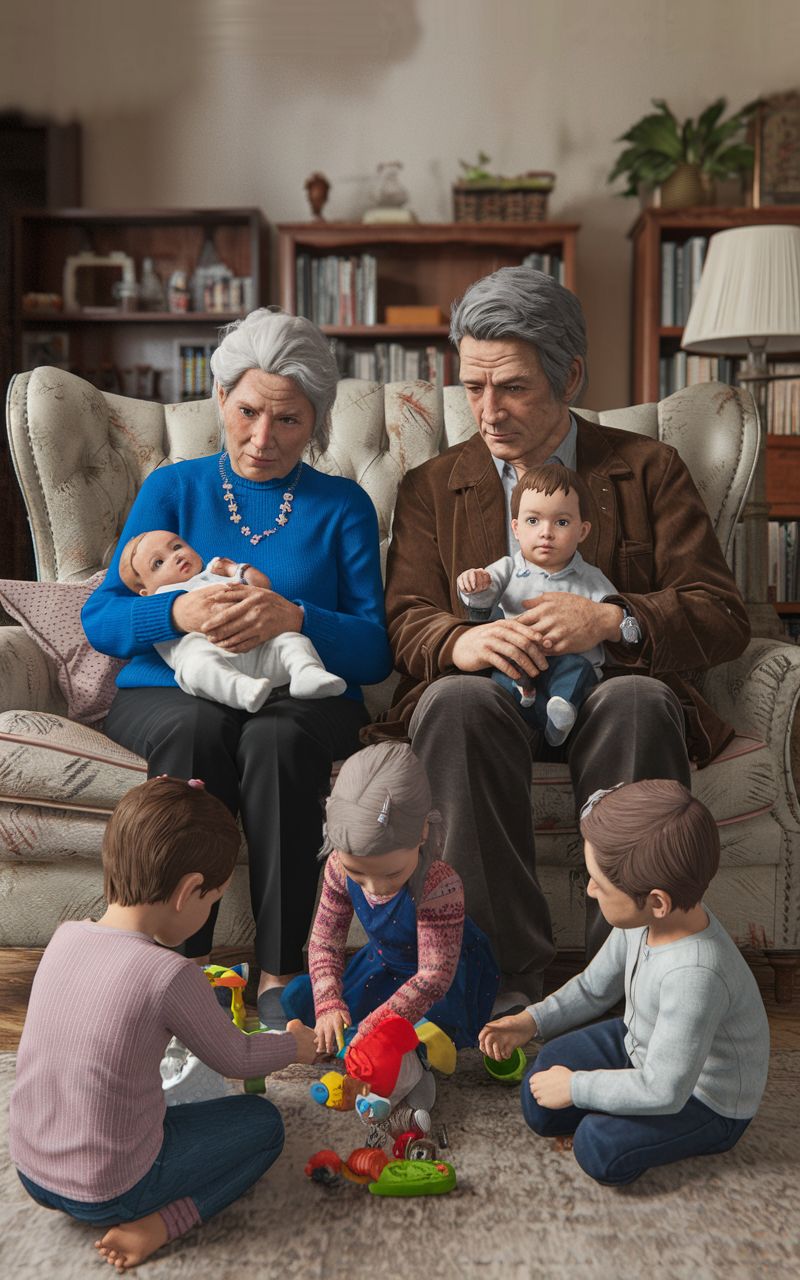Tom held it like it was the most precious thing in the world. Tears welled in his eyes as he explained that it was a map he and his brother had made as kids. A map of our house, with each room labeled as a secret hideout or castle. But it wasn’t just a map. It was a reminder of his younger brother, Jason, who had tragically passed away.
Tom’s voice cracked as he told me how Jason had fallen from a tree in their backyard when he was eight. He was supposed to be watching him, and the guilt still weighed heavily on him.
Tears filled my eyes as I realized the depth of his pain. The couch wasn’t just an old piece of furniture – it was a time capsule of his childhood, a link to a brother he still mourned.
“I’m so sorry,” I said, wrapping my arms around him.
Tom took a deep breath, wiping his tears. “It’s not your fault. I should’ve told you. I just didn’t want to remember…how I failed him.”
We drove home in silence, the map resting between us like a fragile truce. That night, we framed the map and hung it in the living room, where it could be a reminder of love, loss, and memories worth preserving.
In the years that followed, the map became a family treasure. When our kids were old enough, Tom shared its story with them. They were captivated by tales of secret hideouts and adventures, and they were inspired to create their own map.
One afternoon, I found Tom sitting with them on the floor, helping them draw their plans. His face, once shadowed by grief, now shone with quiet joy.
“Looks like you’re carrying on the tradition,” he said, smiling as he traced their drawings.
Our son grinned up at him. “Yeah, Dad. It’s our plan…just like yours.”
And in that moment, I saw the healing power of memories – not just the ones we hold onto, but the ones we create anew.
